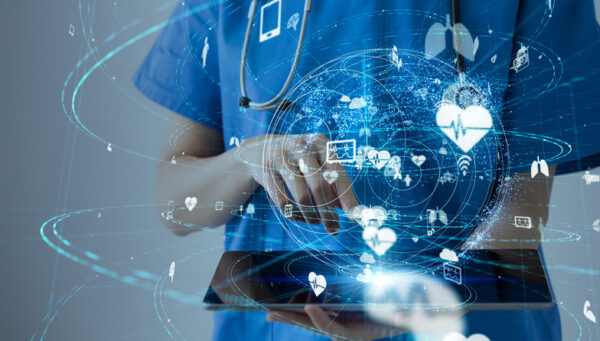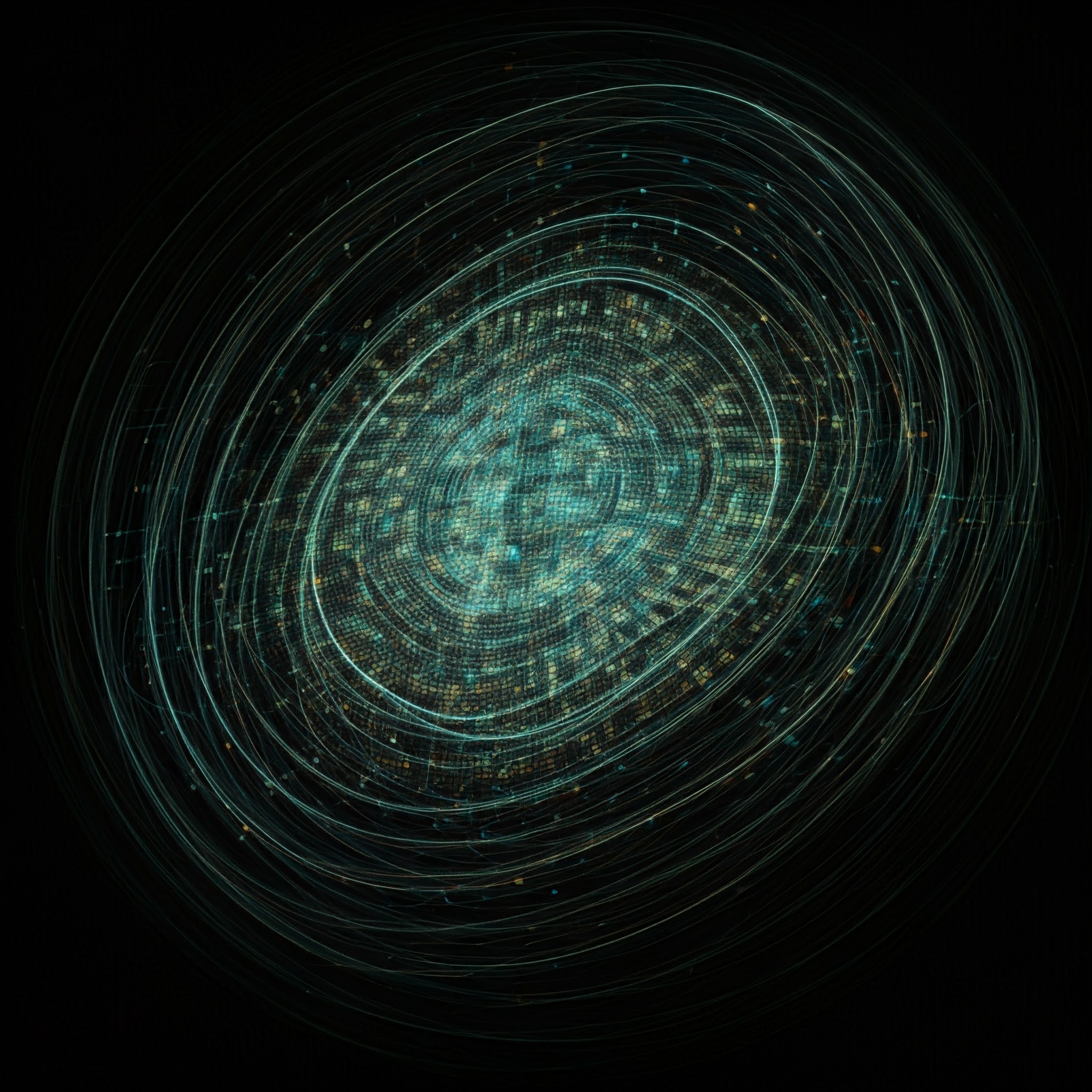The US Food and Drug Administration (FDA) defines Software as a Medical Device (SaMD) as software designed to carry out one or more medical functions. This is a broad definition that includes such things as software or mobile apps that are specifically intended to diagnose, treat, cure, prevent, or mitigate disease or other conditions. SaMD can perform these functions without requiring hardware and are often used alongside non-medical computing platforms. They can be connected to traditional medical devices, virtual networks, or any other type of general use hardware.
In this article, we’ll discuss what SaMD is and what it is not. We will also take a closer look at a few examples of SaMD currently being used in the healthcare industry and what they are intended to do.

What Qualifies as SaMD?
Two basic questions can assist in determining whether a particular type of software qualifies as SaMD. The first way to assess is by asking if the software you’re using is a medical device.
If the use of the device provides a medical benefit and it can result in health risk of some kind to the patient if it is not used correctly, or malfunctions, then it qualifies as SaMD.
The second question to ask is whether your software can work independently of a device. Although SaMD software can collect data from another device, if the software you are using supports that of a medical device and the medical device requires that software to be operational, it is not SaMD. SaMD can run independently of a specific device.
This guide from Orthogonal provides in-depth information on how to determine what qualifies as SaMD.
Examples of SaMD
There are several different types of SaMD. In this section, we’ll review a number of them and explain what they are and what their primary function is.
Patient Data SaMD
There are many SaMD that fall under this category. This is software that collects patient data ranging from blood pressure and heart rate to weight from connected medical devices. It provides real-time measurements that are displayed to a medical professional who can monitor the patient and the data remotely. Treatment plans are devised off-site with this information.
Image Data SaMD
This is software used to analyze or manipulate images and additional data collected from radiation-emitting imaging devices that create 3D models. These 3D models are analyzed and factored into a treatment plan. This prevents invasive exploratory surgery and additional exposure to radiation through x-rays or CT scans and MRIs. These models are used to plan orthopedic and dental surgical treatments with a device.
Treatment Data SaMD
This type of software is used as an algorithm that aids in analyzing patient information leading to a treatment plan. The data required for the algorithm to work include patient weight, age, blood pressure, and heart rate. Depending on the type of treatment required, additional patient information would be collected by the software for input. The medical professional requires this type of software to decipher the data made by the algorithm.
Sleep Data SaMD
This is software that analyzes physiological signals that were previously collected from adult patients in a sleep lab setting. It determines sleep stages, takes snoring measurements, and detects arousals, and assists the assessment of sleep quality. The data can be analyzed and used as the basis of a treatment plan. This software can be used to identify obstructive sleep apnea.
Ear Exam SaMD
With an otoscope attachment to a smartphone and utilizing the smartphone camera, this software can be used to perform an ear self-exam. It will capture video of the inside of a child’s ear which is then used to support a diagnosis. This particular software launches the camera, controls when the images are collected, and performs storage and sharing functions.
Breast Screening SaMD
This software is used to calculate breast density percentage by using the same digital mammogram radiologists use. The mammograms are essential in the assessment of breast tissue composition and the software provides an evaluation of the risk of breast cancer in an individual based on the analysis of the digital images. The software assists in the decision-making process that may lead to further screening and possibly a treatment plan.
Scoliosis SaMD
This requires a mobile app that performs the duties of a digital scoliometer. A scoliometer is used to diagnose scoliosis as well as monitor the progression of the disease that impacts the spine. The software gathers information and with the assistance of the cell phone accelerometer, it scales up measurements collected to forecast potential changes that support treatment plans.
How SaMD Has Changed Healthcare
The healthcare industry has changed considerably in the past five to ten years, and technology has been one of the drivers of those changes—and become an important partner in the delivery of healthcare services. Not only has it made improvements in diagnosis and aided in better treatment plan development, but technology has also resulted in increased positive outcomes for patients. SaMD is part of the wave of technology that is forcing healthcare to evolve and improve. Not only has technology reduced medical costs, but it has also streamlined services and helped medical professionals improve the way they serve patients.
In Conclusion
Software as a medical device has found an effective way to work within the healthcare industry. By collecting or analyzing various types of data, SaMD has proven to be a valuable asset in the diagnosis and treatment of many different conditions. The examples listed above are just a small sample of the types of SaMD that currently exist. With technology continuing to evolve, expect to see many innovations to healthcare that will utilize SaMD as part of the overall process of keeping patients healthy and strong.












Add Comment